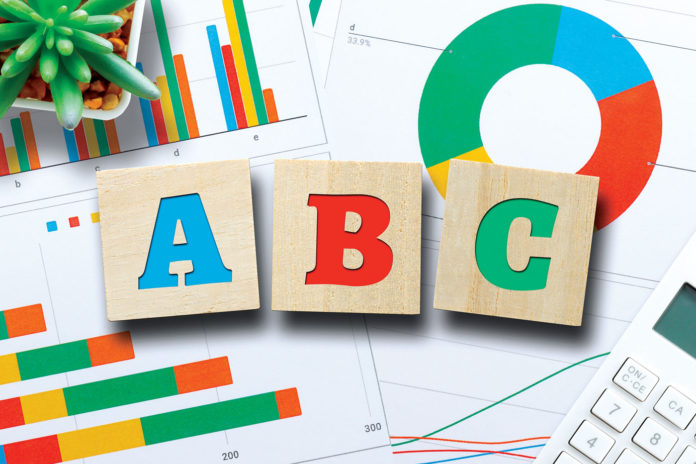Some Santa Cruz Mountain residents have taxes so simple they fit on form 1040 alone—wages and pensions—and they don’t need an alphabet to complicate their taxes. The IRS divides income into three “baskets”—ordinary, capital gains and passive—and discourages offsetting losses from one basket from gains elsewhere.
Ordinary income comes from wages, pensions or active business, capital gains from investments on Schedule D and passive income requiring rental management or partner selection belongs on Schedule E. Schedules 1 to 3 summarize countless numbered forms or lettered schedules where most of the real action takes place.
To know taxes, just sing “Do Re Mi, ABC, 123!”
Schedule A lets some taxpayers deduct medical expenses, state and local taxes, mortgage interest, charity and miscellaneous deductions. Why do fewer itemize? Trump! He raised the standard deductions ($13,850 single or $27,700 MFJ for 2023) to lower and simplify taxes for lower middle-class taxpayers but capped deductions of state and local taxes at $10,000 and miscellaneous deductions for items like tax preparation fees, employee expenses and union dues. California’s high-income taxes alone frequently climb over $10,000 before adding DMV fees and real estate taxes. Out of pocket medical expenses can include doctors, pills, teeth, ears and eyes, but they are limited first to 7.5% of your AGI and then the need to exceed standard deductions. So only onerous mortgage interest or prodigious charity allow itemization.
On Schedule B, taxpayers report dividend and interest income. Banks have paid little in recent years but the IRS wants every dollar earned reported. If you lend privately, report here, and you may get interest allocated from others or savings bond interest. Or you may avoid taxable federal interest with state and local bonds. Choose CA Munis to avoid CA taxes. Companies pay dividends to reward investors for the use of capital and these are taxed at ordinary income rates unless they are “qualified dividends” taxed at capital gains rates. Government favors domestic companies.
Schedule C records essentially profit and loss statements for ordinary income from small business. Entrepreneurs may fail or remain small, or their small businesses may turn to great businesses. Make sure well-tracked auto expenses and home office expenses go into self-employment but know that inventory, store rental or depreciated equipment can lower taxable income.
What about investments? Schedule D columns show sales and purchase prices of items as disparate as stocks, crypto currency, bonds, houses or diamonds. If you got paid more than you paid, the IRS wants to tax the long-term gains (over a year held) using a more generous progressive tax table. You can deduct losses against capital gains or deduct $3,000 a year of capital losses against ordinary income.
Schedule E records passive income, which usually takes more time than CD investing but less active management than entrepreneurship. It has two pages; mortgage interest, taxes and depreciation usually are the landlord’s best deductions on the first page. The second page lets taxpayers accept passively acquired income on K-1’s from S-Corps, Partnerships or Trusts. Passive investors may here be contributing capital to partnerships and seeking losses in particular parts of their returns to offset gains. The largest partnerships are publicly traded.
Schedule F is the rural Schedule C income statement. Farmers have significant equipment costs to depreciate, and large costs of goods sold for inventory and labor, but also have gas costs and credits. Government has no Schedule G for individuals but Schedule H asks homeowners to collect payroll taxes from household employees like gardeners or caregivers—the Nanny tax.
Schedule 1 shows additional income and adjustments to income from alimony to jury duty pay and adjustments like SEP IRA’s, educator expenses and Health Savings Accounts. Schedules C, E and F transfer income to Schedule 1.
Schedule 2 records additional taxes like self-employment tax from Sch C along with excess mediocre tax and Schedule H household taxes.
Schedule 3 shows additional credits like the foreign tax credit from Sch B and the Child and Dependent Care Credit.
With these simple letters and numbers feeding form 1040, our government funds social welfare and the military while it simultaneously manipulates us to buy goodies like education, homes, investments and health insurance.
Robert Arne, EA, CFP, MS, of Carpe Diem Financial Life Planning, gives holistic financial advice as his client’s fee-only fiduciary. He serves mostly Santa Cruz Mountain dwellers. These articles must not be read as personal financial, mortgage, tax or investment advice; consult appropriate professionals. Learn more at www.carpediem.financial.












